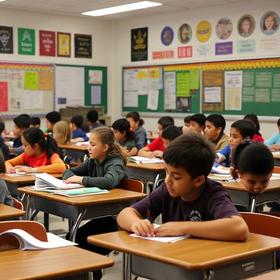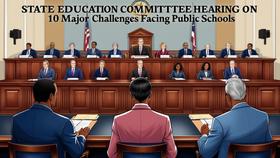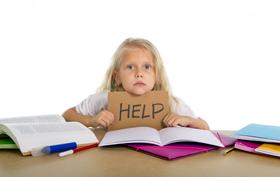School Overview
School Type
Grades Offered
Grades 12
Total Students (11-12)
32 students
Total Classroom Teachers
n/a
School Rankings
Student-Teacher Ratio
n/a
13:1
American Indian
(11-12)n/a
2%
Asian
(11-12)n/a
7%
Hispanic
(11-12)3%
7%
Black
(11-12)6%
9%
White
(11-12)88%
73%
Hawaiian
(11-12)n/a
n/a
Two or more races
(11-12)3%
2%
Graduation Rate
(11-12)<50%
80%
Eligible for Free Lunch (11-12)
44%
30%
Eligible for Reduced Lunch (11-12)
6%
7%
School Statewide Testing
School District Name
Southwest Metro Educational Coop School District
Source: National Center for Education Statistics (NCES), MN Dept. of Education
Frequently Asked Questions
What is the graduation rate of Transition Program 18 To 21 High School?
The graduation rate of Transition Program 18 To 21 High School is 50%, which is lower than the Minnesota state average of 80%.
How many students attend Transition Program 18 To 21 High School?
32 students attend Transition Program 18 To 21 High School.
What is the racial composition of the student body?
88% of Transition Program 18 To 21 High School students are White, 6% of students are Black, 3% of students are Hispanic, and 3% of students are Two or more races.
What grades does Transition Program 18 To 21 High School offer ?
Transition Program 18 To 21 High School offers enrollment in grades 12
What school district is Transition Program 18 To 21 High School part of?
Transition Program 18 To 21 High School is part of Southwest Metro Educational Coop School District.
Recent Articles

How Public Schools Support Students on Free / Reduced-Lunch Programs
Explore how U.S. public schools support students eligible for free or reduced-price lunch through nutrition, academic, and wraparound services in 2025.

Hidden Costs of Public Schools: Fees, Supplies & Extras
Explore the hidden costs in public schools—fees, supplies, extracurriculars—and how parents can plan for them in 2025.

Public School Funding 2025: What Families Should Know
Essential insights on public school funding in 2025—how it works, what’s changing, and what families should know to stay ahead.





